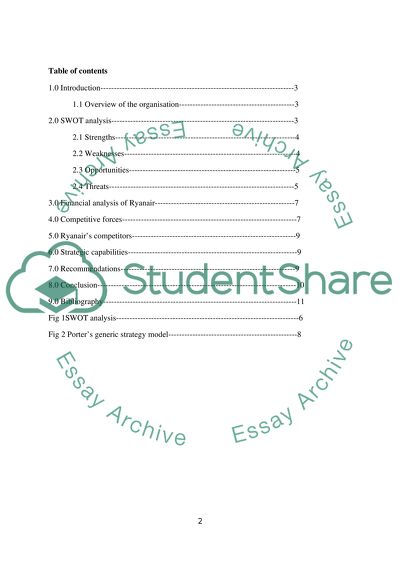Cite this document
(“Ryanair the low-fares airline (Stratigic management) Assignment”, n.d.)
Retrieved from https://studentshare.org/family-consumer-science/1408623-ryanair-the-low-fares-airline-stratigic-management
Retrieved from https://studentshare.org/family-consumer-science/1408623-ryanair-the-low-fares-airline-stratigic-management
(Ryanair the Low-Fares Airline (Stratigic Management) Assignment)
https://studentshare.org/family-consumer-science/1408623-ryanair-the-low-fares-airline-stratigic-management.
https://studentshare.org/family-consumer-science/1408623-ryanair-the-low-fares-airline-stratigic-management.
“Ryanair the Low-Fares Airline (Stratigic Management) Assignment”, n.d. https://studentshare.org/family-consumer-science/1408623-ryanair-the-low-fares-airline-stratigic-management.


